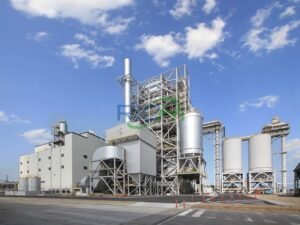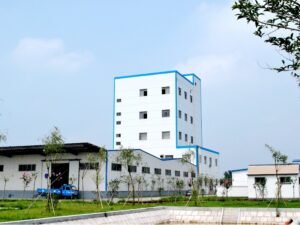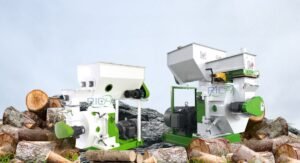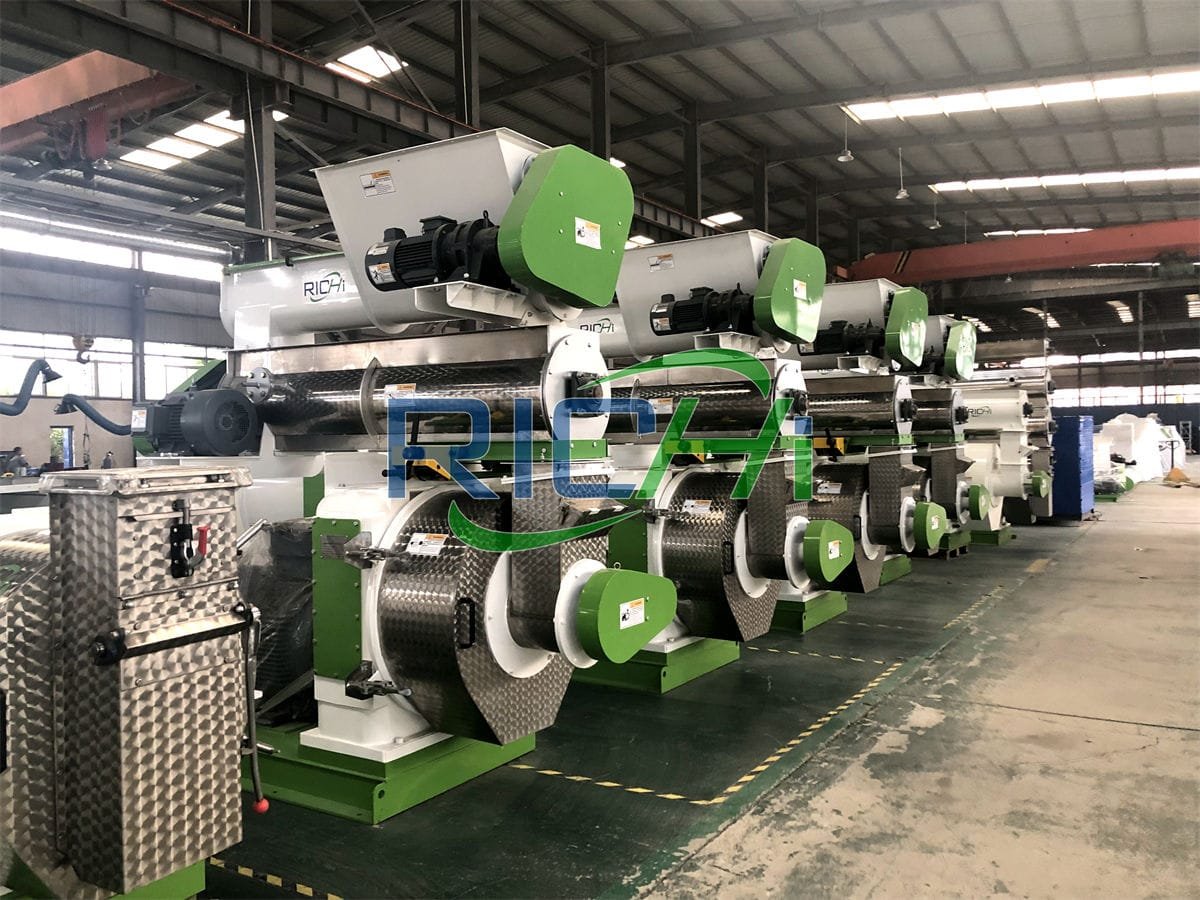
Goat Feed Pellet Making Machines have become a vital tool in modern livestock farming, offering an efficient and cost-effective way to produce high-quality feed. Production efficiency is critical for both farmers and feed manufacturers as it directly influences profitability, resource utilization, and sustainability. This article delves into the factors that contribute to the production efficiency of these machines and how to optimize their performance.
Understanding Production Efficiency
Production efficiency in Goat Feed Making Machines refers to the machine’s capability to produce the maximum quantity of quality feed pellets with minimal input of resources such as time, energy, and raw materials. Several key aspects influence this efficiency:
- Production Capacity
- Energy Consumption
- Raw Material Utilization
- Pellet Quality
- Operational Uptime
Production Capacity
The production capacity of these machines varies depending on their size and model. Typically, the capacity ranges from 50 kg to 15 tons per hour:
- Small-scale machines: 50-500 kg/hour
- Medium-scale machines: 500 kg – 3 tons/hour
- Large-scale industrial machines: 3-15 tons/hour
The actual output can be affected by factors such as the type of raw materials used, their moisture content, and the desired pellet size.
Energy Consumption
Energy efficiency is a crucial aspect of production efficiency. Modern Goat Feed Pellet Making Machines are designed to optimize energy use. Energy consumption usually ranges from 30 to 150 kWh per ton of feed produced, depending on the machine’s size and specific production processes.
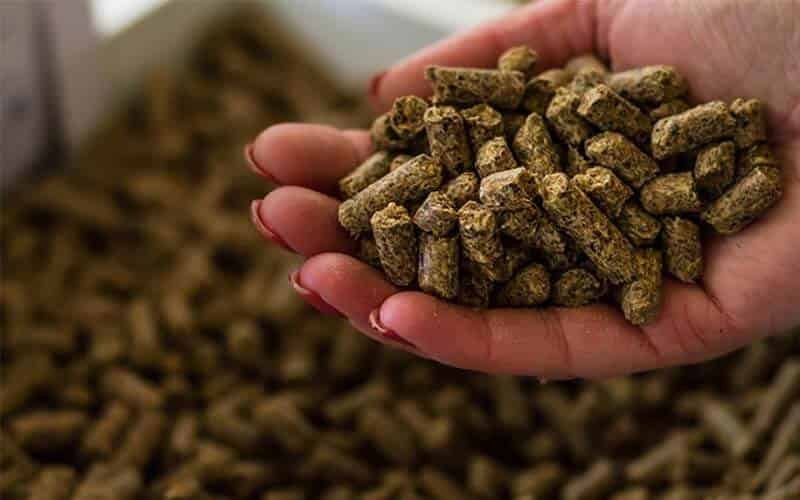
Improving Energy Efficiency:
- Use properly sized motors.
- Implement variable frequency drives (VFDs).
- Ensure regular maintenance to prevent energy loss due to wear and tear.
Raw Material Utilization
Efficient machines should process a wide range of raw materials with minimal waste. Typically, the raw material utilization rate ranges from 95% to 99%, meaning only 1-5% of input materials are lost during production.
Factors Affecting Raw Material Utilization:
- Proper grinding of ingredients.
- Optimal moisture content (usually 10-17%).
- Correct die and roller configuration.
Pellet Quality
Pellet quality is a significant indicator of efficiency. High-quality pellets should exhibit:
- Uniform size and shape
- Appropriate hardness and durability
- Low percentage of fines (typically less than 5%)
Efficient machines can consistently produce pellets meeting these criteria without frequent adjustments or stoppages.
Operational Uptime
The amount of time a machine can operate continuously without breakdowns or maintenance stops is vital for overall efficiency. Modern Goat Feed Pellet Making Machines can achieve uptime rates of 90-95% with proper maintenance.
Maximizing Uptime:
- Implement preventive maintenance schedules.
- Train operators in proper machine use.
- Keep critical spare parts on hand.
Factors Influencing Production Efficiency
Several factors can impact the production efficiency of Goat Feed Pellet Making Machines:
- Raw Material Quality: Consistent particle size, proper moisture content, and balanced nutrient composition.
- Machine Configuration: Appropriate die selection, correct roller gap adjustment, and optimal conditioning temperature and time.
- Operator Skill: Proper machine operation, quick troubleshooting abilities, and an understanding of feed formulation principles.
- Environmental Conditions: Ambient temperature, humidity, dust control measures, and proper ventilation.
Optimizing Production Efficiency
To achieve maximum production efficiency, consider the following strategies:
Regular Maintenance:
- Implement a rigorous preventive maintenance schedule.
- Clean and inspect critical components daily.
- Replace wear parts before they fail.
Process Optimization:
- Fine-tune conditioning parameters for each feed formulation.
- Adjust die and roller configurations for optimal pellet formation.
- Monitor and control moisture content throughout the process.
Quality Control:
- Implement regular quality checks on raw materials and finished pellets.
- Use automated sampling and testing equipment where possible.
- Adjust production parameters based on quality feedback.
Operator Training:
- Provide comprehensive initial training for all operators.
- Offer ongoing education on new techniques and technologies.
- Encourage operators to share best practices and troubleshooting tips.
Technology Integration:
- Utilize automated feeding and batching systems.
- Implement process control software for real-time monitoring and adjustment.
- Consider IoT-enabled sensors for predictive maintenance. (Related post: horse feed pellet machine)
Case Studies in Efficiency Improvement
- Texas Goat Farm: Increased pellet production by 25% after optimizing conditioning processes and upgrading die designs.
- California Feed Manufacturer: Reduced energy consumption by 15% by implementing VFDs and improving raw material grinding processes.
- Indian Farmer Cooperative: Improved pellet quality and reduced waste by 7% through operator training and better moisture control.
Future Trends in Efficiency
The future of Goat Feed Pellet Making Machines is likely to see further improvements in production efficiency through:
- Advanced Materials: Development of more durable, low-friction die and roller materials.
- Artificial Intelligence: AI-driven process optimization and predictive maintenance.
- Sustainable Energy Integration: Incorporation of renewable energy sources to power pellet production.
- Precision Nutrition: Integration with real-time nutrient analysis for on-the-fly formula adjustments.
Conclusion
Production efficiency in Goat Feed Pellet Making Machines is a multifaceted concept that includes output capacity, energy use, raw material utilization, pellet quality, and operational reliability. By understanding and optimizing these factors, farmers and feed manufacturers can significantly enhance their production processes.
A holistic approach, combining proper machine selection, regular maintenance, process optimization, quality control, and operator training, is essential to achieving high efficiency. As technology continues to advance, greater efficiencies in goat feed pellet production will be realized, contributing to more sustainable and cost-effective livestock farming practices.
The pursuit of production efficiency not only benefits individual operators but also supports broader goals of food security and sustainable agriculture, helping meet the growing global demand for goat products.



